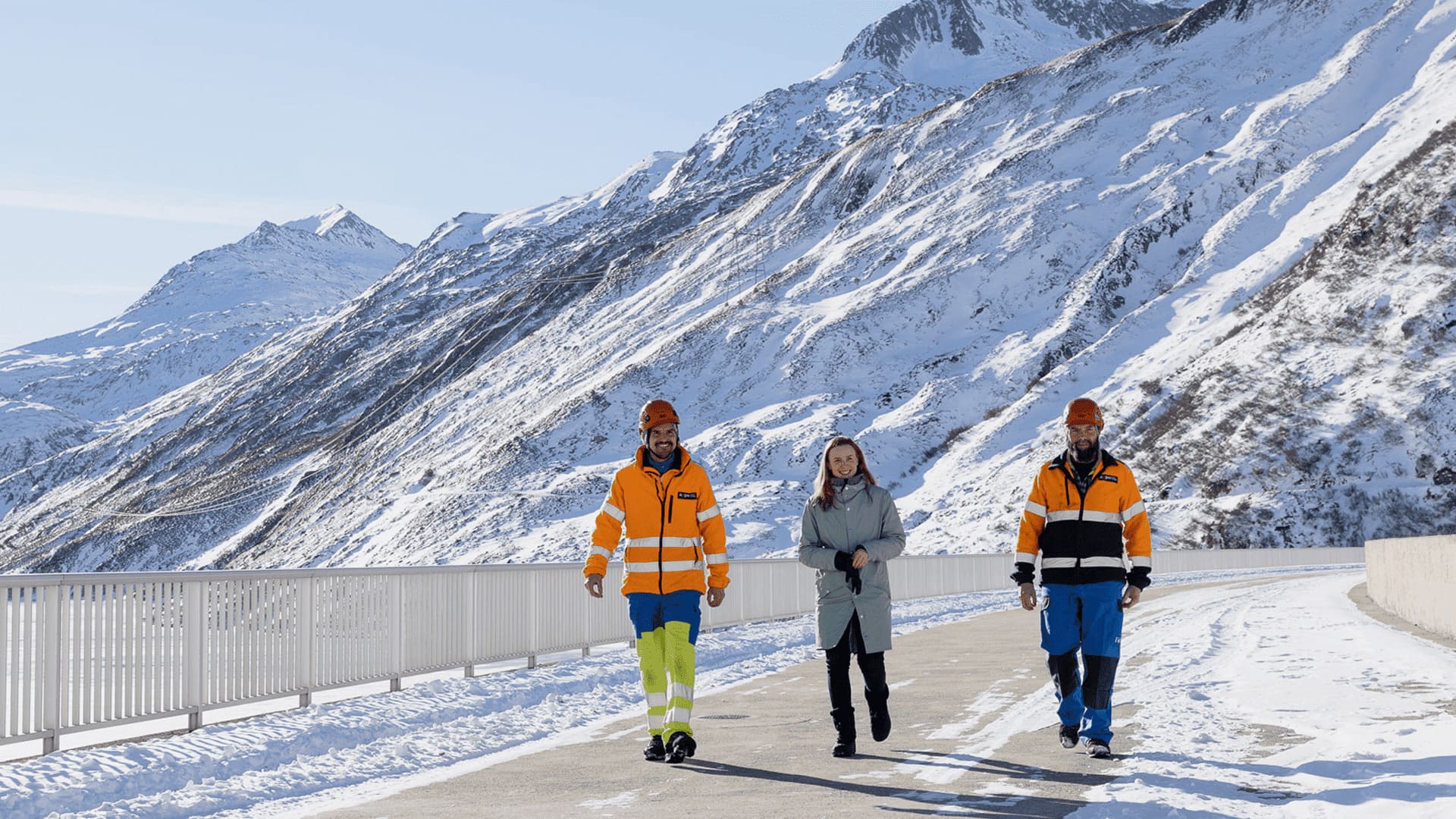Klingnau hydropower station: New habitat for birds and aquatic animals
22.04.2020 - Extensive construction work around the Klingnau hydropower station is starting these days. As part of the new operating concession, Aarekraftwerk Klingnau AG (AKA) is carrying out various ecological replacement and compensation projects.
In the summer of 2018, Klingnau hydroelectric power plant has been granted a concession for 60 years of operation. As is usual in concession procedures, the operating company AKA agreed to implement various compensation and replacement measures. Initial preparatory work was already completed in January, and most of the construction work is now starting.
As part of the work, AKA is creating new habitats for birds, fish, reptiles and water plants at various locations around the Klingnau reservoir. The plans include a new Aare side channel, a wading area for birds, and various breeding and nesting aids. In addition, various sections of the shoreline will be revitalised. Three new bird observation platforms are also being built. The construction work will be carried out over two years, mostly between July and October, and is expected to be completed in September 2022 at a cost of around CHF 4 million.
The Klingnau hydropower station was commissioned in 1935. It produces around 210 gigawatt hours of electricity annually. This corresponds to the electricity consumption of a good 50,000 average four-person households. Aarekraftwerk Klingnau AG is a partner plant of Axpo Hydro AG (60%) and AEW Energie AG (40%).
- Media release View Send email Download
Axpo Holding AG
Corporate Communications




.jpg)





